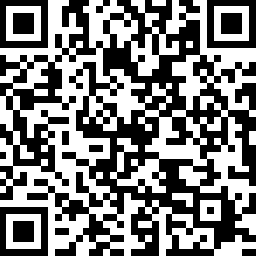
下载亿题库APP
联系电话:400-660-1360

下载亿题库APP
联系电话:400-660-1360

请谨慎保管和记忆你的密码,以免泄露和丢失

请谨慎保管和记忆你的密码,以免泄露和丢失
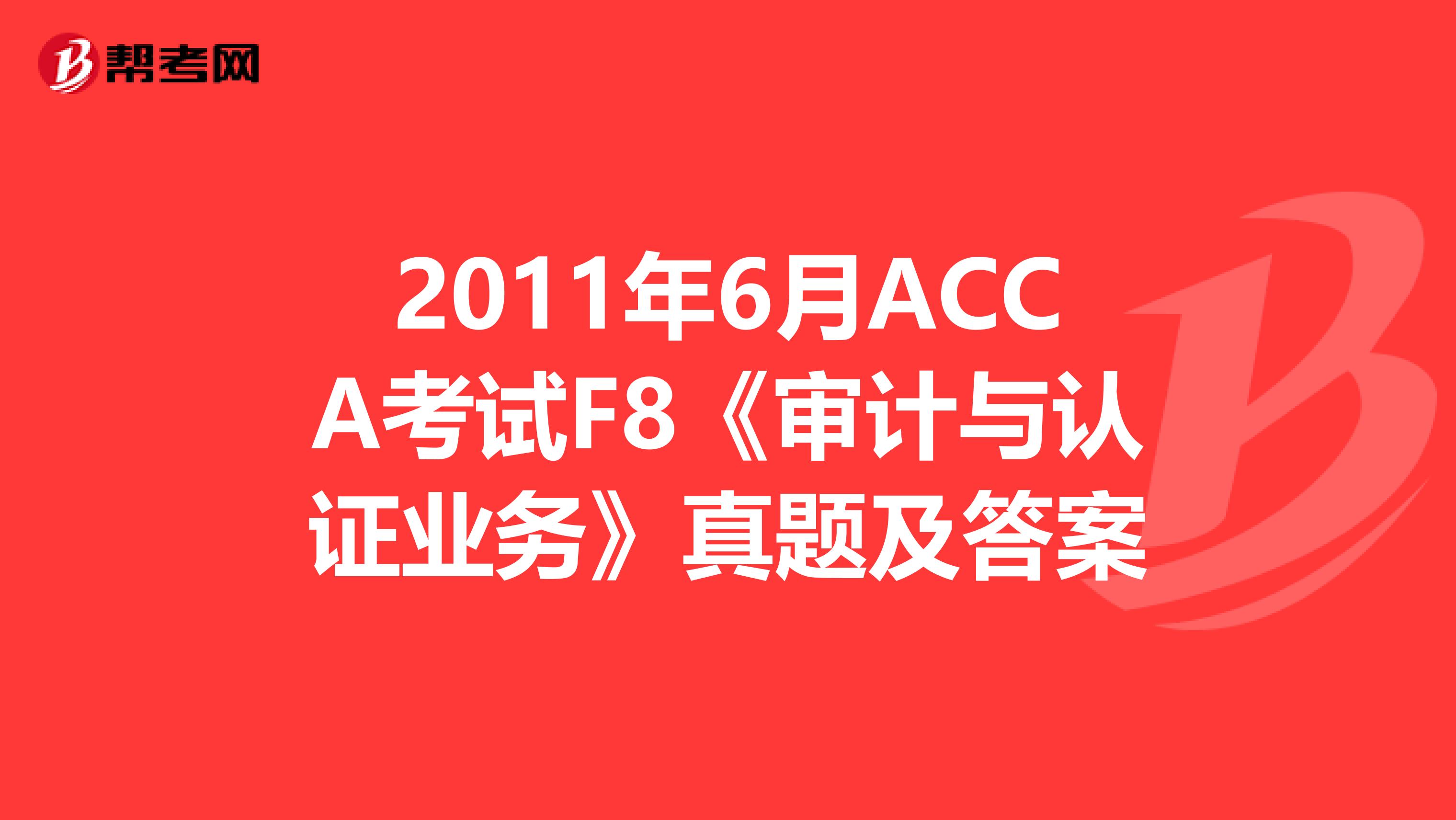
问题:
2 (a) Auditors are required to document their understanding of the client’s internal controls. There are various options available for recording the internal control system. Two of these options are narrative notes and internal control questionnaires.
Required:
Describe the advantages and disadvantages to the auditor of narrative notes and internal control questionnaires as methods for documenting the system. (6 marks)
(b) ISA 210 Agreeing the Terms of Audit Engagements provides guidance on the content of engagement letters and deals with the auditor’s responsibilities in agreeing the terms of the audit engagement with management.
Required:
(i) State the purpose of an engagement letter. (1 mark)
(ii) List SIX matters that should be included within an audit engagement letter. (3 marks)
(10 marks)
答案:
(a) Advantages and Disadvantages of methods of recording the system
Narrative Notes
Advantages
The main advantage of narrative notes is that they are simple to record, after discussion with the company these discussions are easily written up as notes.
Additionally, as the notes are simple to record, this can facilitate understanding by all members of the team, especially more junior members who might find alternative methods too complex.
Disadvantages
Narrative notes may prove to be too cumbersome, especially if the system is complex.
This method can make it more difficult to identify missing internal controls as the notes record the detail but do not identify control exceptions clearly.
Questionnaires
Internal control questionnaires are used to assess whether controls exist which meet specific objectives or prevent or detect errors and omissions.
Advantages
Questionnaires are quick to prepare, which means they are a cost effective method for recording the system.
They ensure that all controls present within the system are considered and recorded; hence missing controls or deficiencies are clearly highlighted.
Questionnaires are simple to complete and therefore any members of the team can complete them and they are easy to use and understand.
Disadvantages
It can be easy for the company to overstate the level of the controls present as they are asked a series of questions relating to potential controls.
Without careful tailoring of the questionnaire to make it company specific, there is a risk that controls may be misunderstood and unusual controls missed.
(b) (i) Purpose of an engagement letter
An engagement letter provides a written agreement of the terms of the audit engagement between the auditor and management or those charged with governance.
Confirming that there is a common understanding between the auditor and management, or those charged with governance, of the terms of the audit engagement helps to avoid misunderstandings with respect to the audit.
(ii) Matters to be included in an audit engagement letter:
– The objective and scope of the audit;
– The responsibilities of the auditor;
– The responsibilities of management;
– Identification of the financial reporting framework for the preparation of the financial statements;
– Expected form and content of any reports to be issued;
– Elaboration of the scope of the audit with reference to legislation;
– The form of any other communication of results of the audit engagement;
– The fact that some material misstatements may not be detected;
– Arrangements regarding the planning and performance of the audit, including the composition of the audit team;
– The expectation that management will provide written representations;
– The basis on which fees are computed and any billing arrangements;
– A request for management to acknowledge receipt of the audit engagement letter and to agree to the terms of the
engagement;
– Arrangements concerning the involvement of internal auditors and other staff of the entity;
– Any obligations to provide audit working papers to other parties;
– Any restriction on the auditor’s liability;
– Arrangements to make available draft financial statements and any other information;
– Arrangements to inform the auditor of facts that might affect the financial statements, of which management may become aware during the period from the date of the auditor’s report to the date the financial statements are issued.
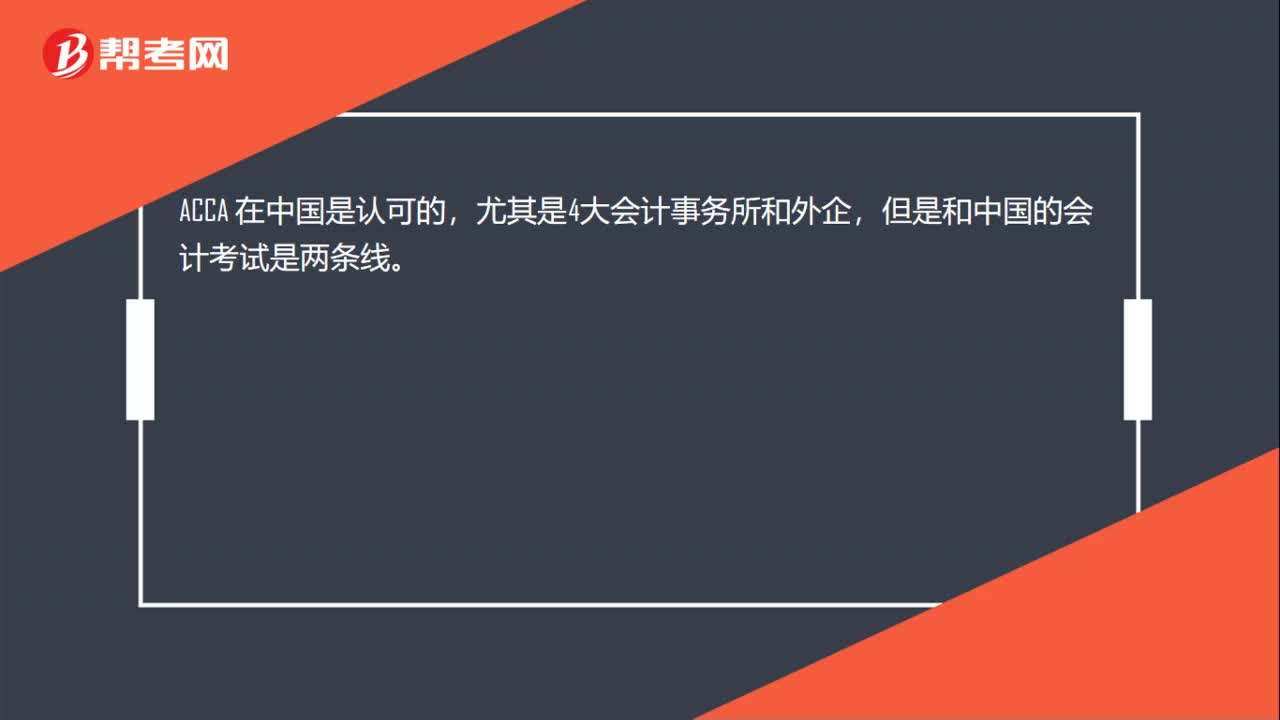 17
17ACCA证书在中国认可吗?:ACCA证书在中国认可吗?ACCA 在中国是认可的,尤其是4大会计事务所和外企,但是和中国的会计考试是两条线。
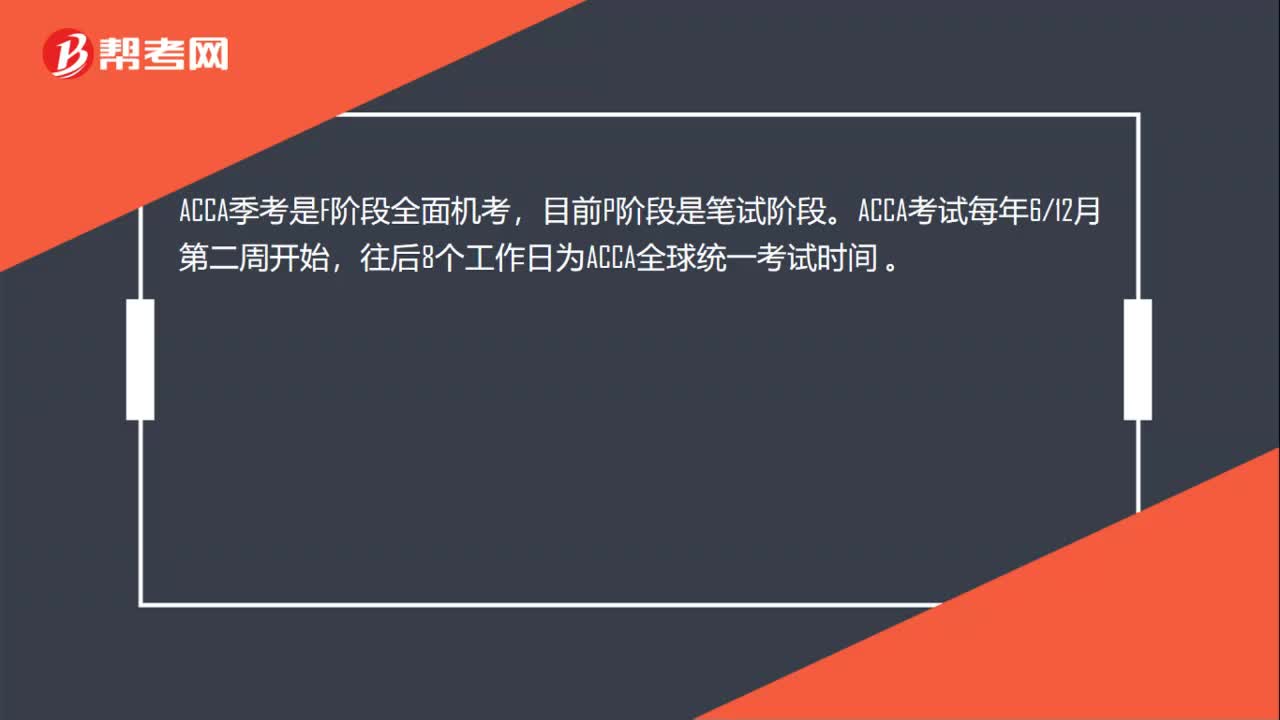 25
25ACCA每年的考试时间是什么时候?:ACCA每年的考试时间是什么时候?ACCA季考是F阶段全面机考,目前P阶段是笔试阶段。ACCA考试每年612月第二周开始,往后8个工作日为ACCA全球统一考试时间。
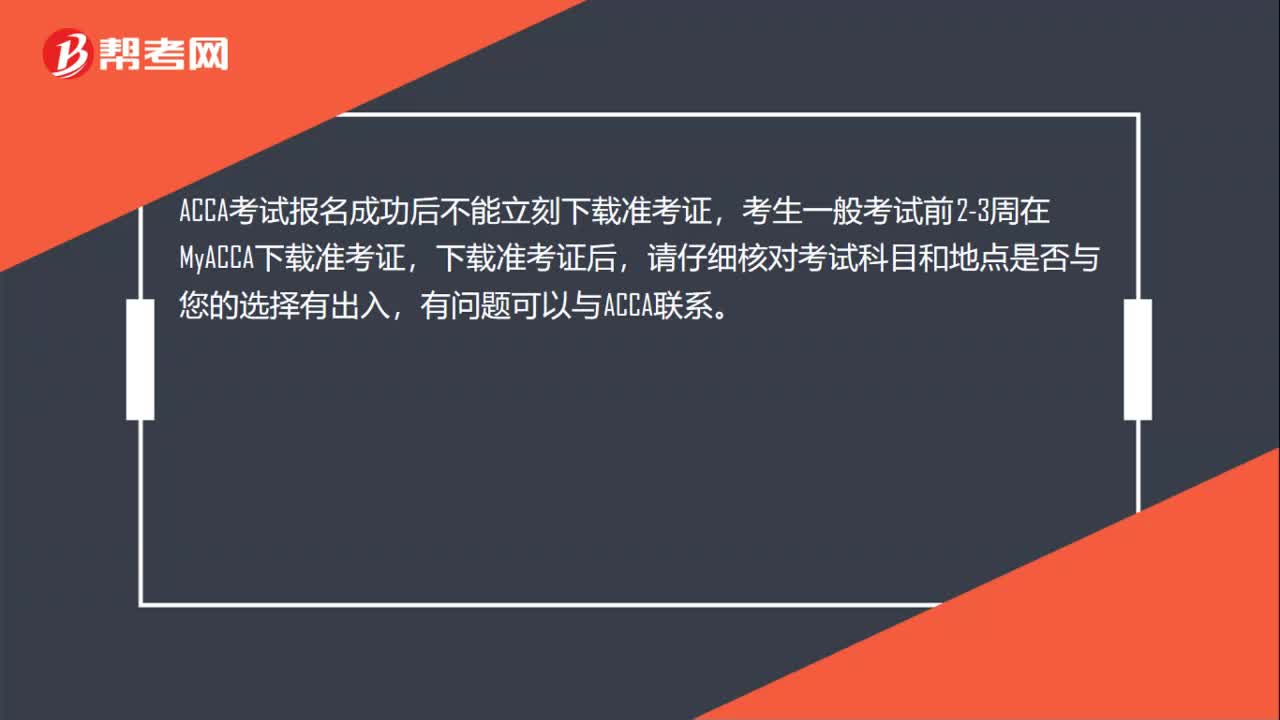 29
29ACCA考试准考证什么时候打印?:ACCA考试准考证什么时候打印?ACCA考试报名成功后不能立刻下载准考证,考生一般考试前2-3周在知MyACCA下载准考证,下载准考证后,请仔细核对考试科目和地点是否与您的选择有出入,有问题可以与ACCA联系。
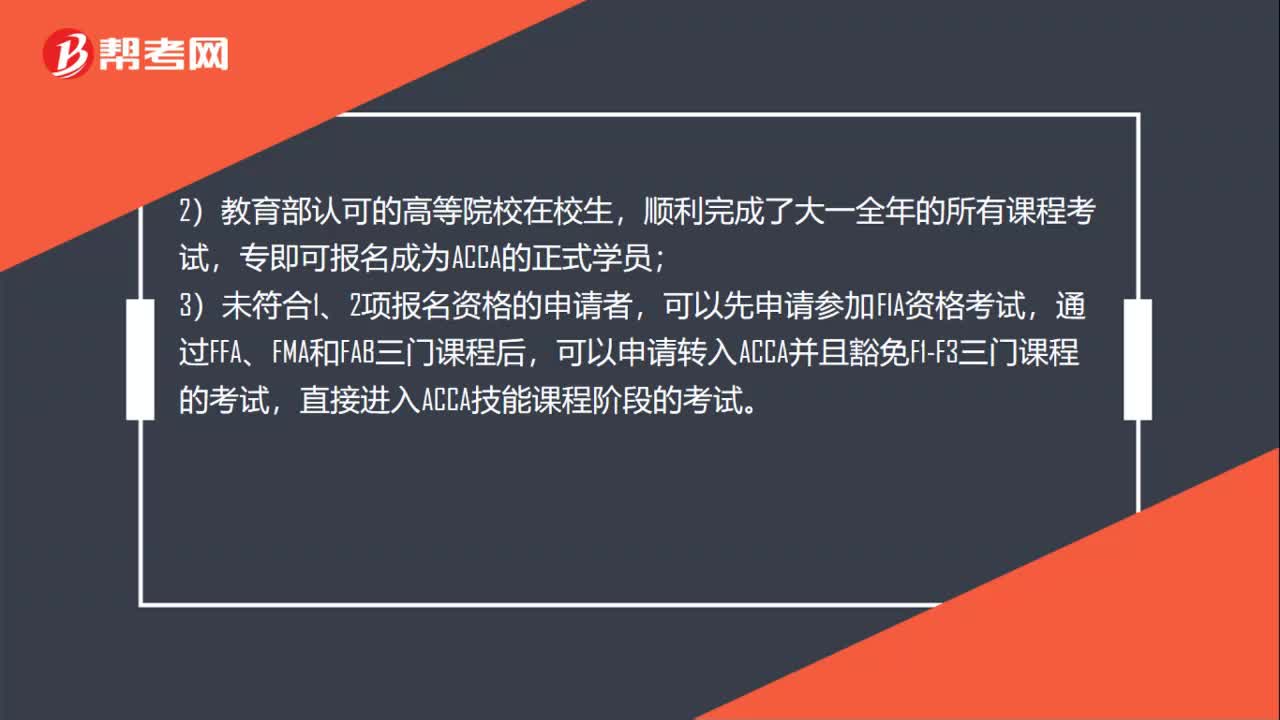 01:03
01:032020-06-04
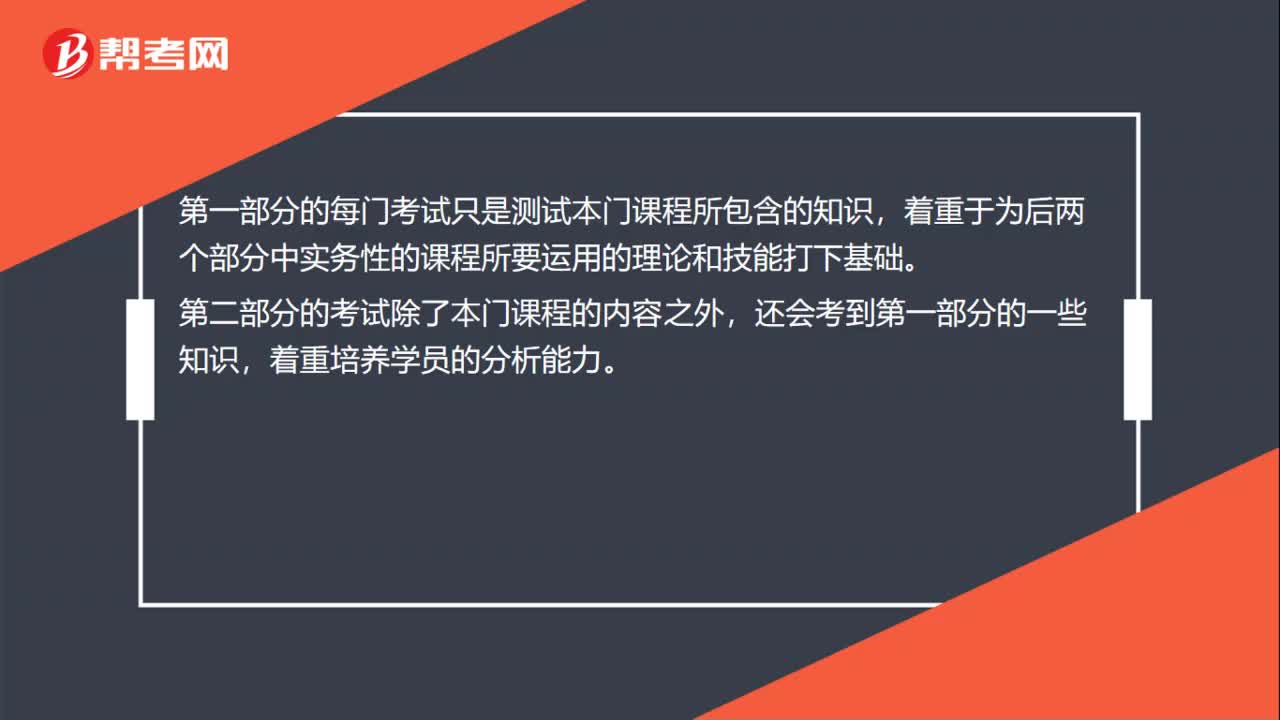 01:20
01:202020-06-04
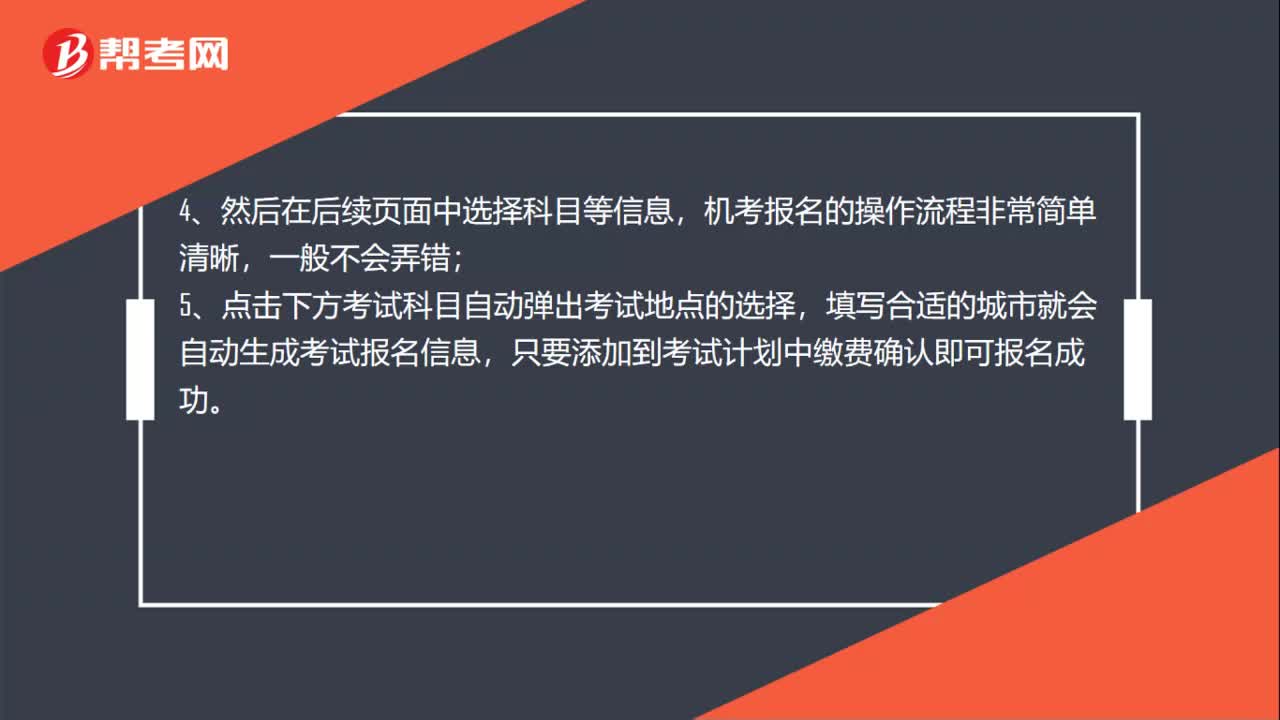 01:21
01:212020-06-04
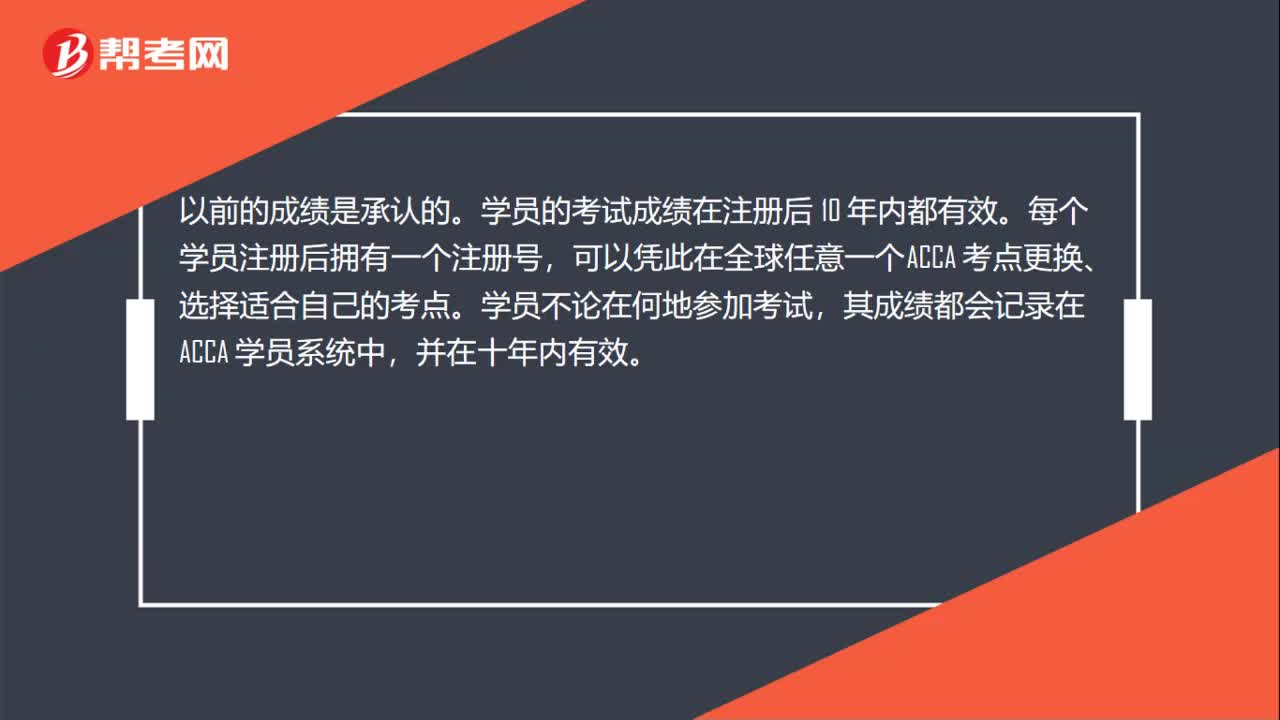 00:34
00:342020-06-04
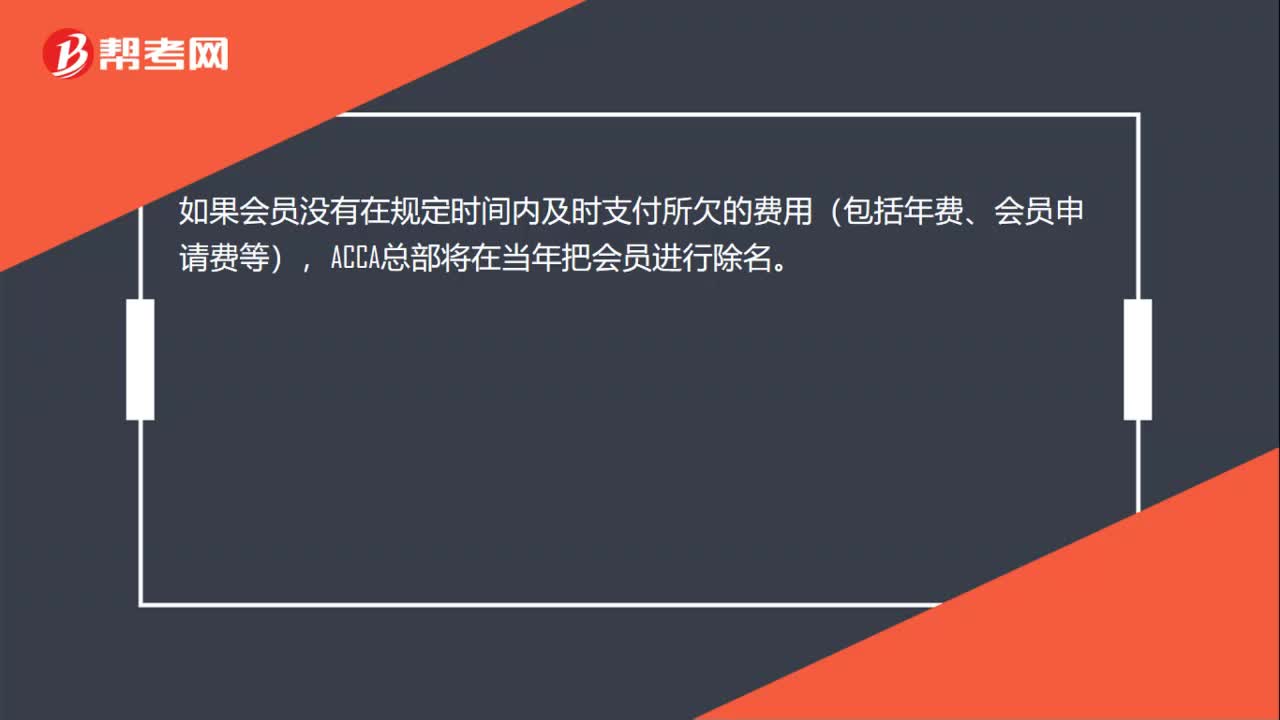 00:19
00:192020-06-04
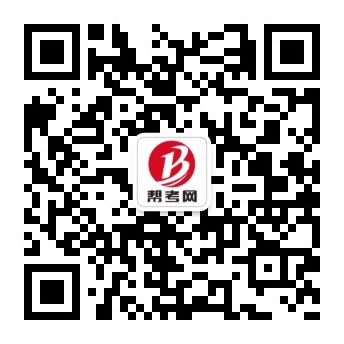
微信扫码关注公众号
获取更多考试热门资料